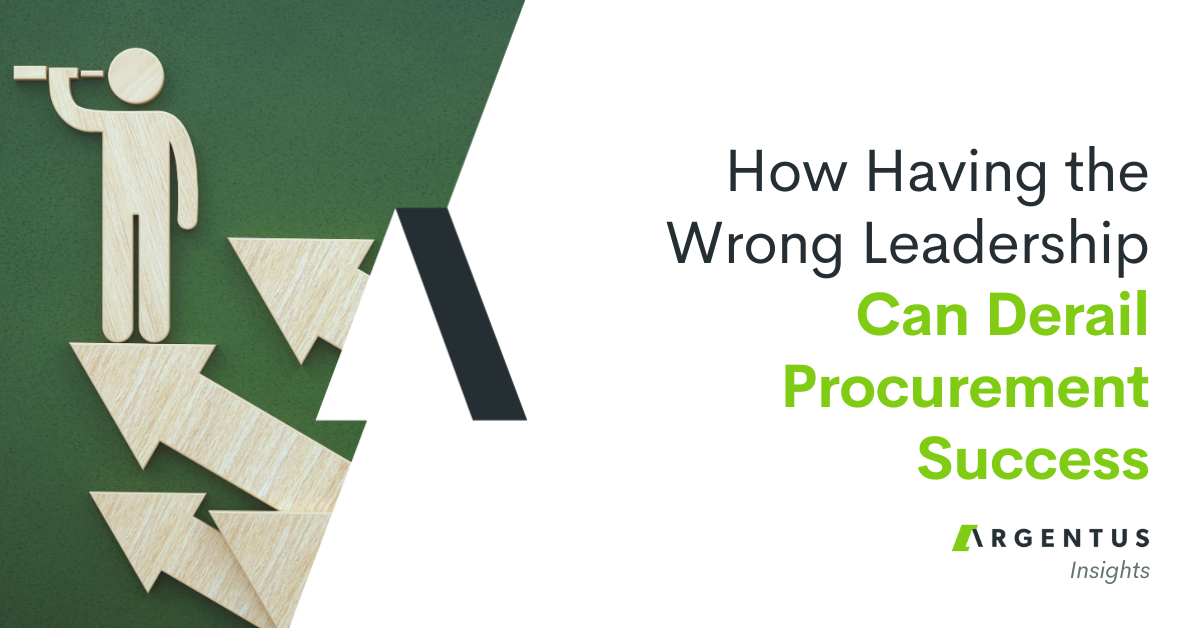We’ve spent some time on the Argentus blog covering the upheaval in the retail industry over the past several years. In short, the massive consolidation of Amazon and other eCommerce behemoths has led to the closure of lots of traditional retail chains – an event the press ominously dubbed the “Retail Apocalypse” in 2016.
According to new reporting from the New York Times, rumours of the death of traditional retail might have been greatly exaggerated. The pace of store closing has slowed as the weakest companies in the sector have collapsed. Now some of the survivors are evolving through store makeovers, increased omnichannel expertise, and other innovative solutions. They’re taking advantage of the overall strength in the economy to invest in changes that will help them compete against the new big players. According to the National Retail Federation, the industry is adding 50,000 monthly jobs in the U.S.
Call it the “retail post-apocalypse” if you like: a period where the dinosaurs have gone extinct, but the more nimble and wily mammalian survivors are beginning to find a way to adapt and thrive.
As we take in this environment, we were quite struck by a massive and interesting report from McKinsey and Company about another way that Retailers can evolve and compete, using souped-up Procurement strategy to pull the cost lever and increase profitability: by transforming their indirect spend.
Retail Procurement has always been strong on the direct side – that is, the purchasing of goods for resale. But McKinsey’s research shows that tons of large retailers have lots of opportunity for improvement on the indirect side – in strategic Procurement of goods and services not for resale.
Other industries – most famously Financial Services, Insurance, and even Consumer Packaged Goods – have centralized their indirect spend and adopted a shared services model to capture massive cost savings. But indirect (or not for resale) Procurement has long been seen as a backwater in the Retail industry.
Maybe it’s time for that to change.
McKinsey’s research showed how indirect spend, on average, accounts for 10-15% of sales volume for retailers, yet it’s often siloed off in separate departments, so it doesn’t get engagement from stakeholders – the people who actually use what Procurement departments buy. A few crucial categories often go completely unaddressed in terms of Procurement strategy: for example rent, capital expenditures, and marketing.
The opportunities for cost savings are massive: McKinsey’s report highlights a few retailers who completely transformed their Procurement to capture 10-15% reductions in indirect purchasing costs, which worked out to about 1-2% of their overall sales volume.
But the road to such a transformation isn’t easy:
- Spend is often invisible within the wider organization.
- It’s often unclear who owns such spend within a company, and
- Negotiations with suppliers tend to focus on price rather than more substantial opportunities to change what’s being bought.
Because of these factors, companies aren’t investing in talent for indirect Procurement, which makes change unlikely. But for those willing to take the plunge, McKinsey lays out the evolving approach that some visionary companies have used.
Here are some of the key points. In general, the most successful companies:
- Transformed their Procurement, but they also went beyond Procurement departments to find opportunities for organization-wide indirect spend savings. Cross-functional teams have worked to aggregate demand across their organizations.
- Used digital and analytical tools to improve visibility of indirect spend throughout the organization.
- Used digital surveys to understand consumer impressions and redirect their indirect spend focus towards services that actually made a better impression on consumers. For example, one company found that they were spending lots of money cleaning parking lots, but customers didn’t notice. They found savings and increased customer satisfaction by redirecting money towards cleaning changing rooms.
- Began designing using cost-to-value. One company saved 25% the cost of materials in its paper shopping bags by using digital analysis to design a bag that would better account for average volume and weight of products.
- Used “clean sheeting” for various indirect products. This means learning the total cost of inputs that suppliers pay in their own production, which increased leverage in supplier negotiations.
- Began collaborating more closely with suppliers.
These were just a few of the innovations that McKinsey identified – tactics that might be familiar to Strategic Sourcing organizations in other industries, but not necessarily within Retail.
Process and technology are important, but it all starts with people. We’re recruiters, so we might be biased, but we also think it’s just true. McKinsey offers a few talent strategies to help pull off a difficult transformation like the ones they describe:
- It might be unsurprising to transformation experts in other industries, but retail transformations need strong buy-in from C-suite executives and business leadership.
- Businesses undergoing a transformation should appoint a program leader who’s already a shining star in the company’s Procurement function. This individual should have both a deep understanding of the day-to-day business and a deep respect from senior leadership. This has been the successful formula for a number of the companies they studied.
- To unlock the huge cost savings, companies need to be willing to invest in talent. In other words, no half-measures. On average, retailers have 8 times the amount of indirect spend per Procurement employee that other industries do. One $10 billion retailer that McKinsey profiled invested in 40 full-time equivalent employees for a year-long Indirect Procurement transformation. It’s a high sticker price, but that same company was able to recoup $200 million in cost savings, earning out that investment over 50x what they put in.
We strongly recommend that anyone interested in Procurement transformations check out the McKinsey report, especially those in retail who feel like they’re not capturing as much indirect spend savings as they could be. And let us know if you have any questions about how you can leverage top Strategic Sourcing talent for business transformations, in retail or beyond.




0 Comments